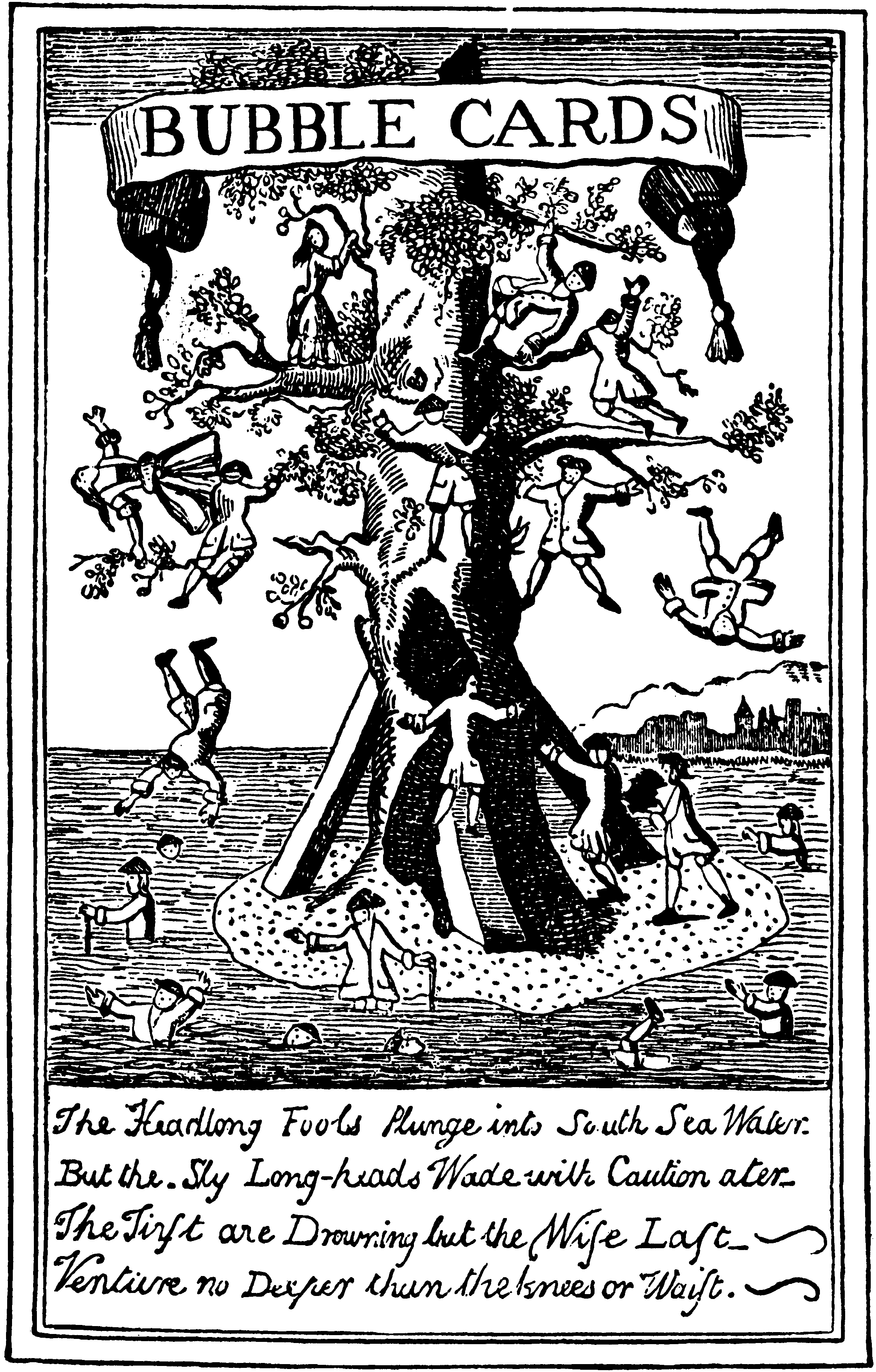

...this article sent to me was pretty interesting. Let's plug in our cars and hope opportunist utility companies don't gouge us. I'd love to see production vehicles - cargo vans, cube trucks, genny's (that idle all day), motorhomes (that idle all day - grrrrr) - start to move in this direction. The amount of fuel we burn through and emissions not to mention noise pollution. Can the film business reduce it's dependence on oil? Maybe. If the technology and utility starts align and if people aren't afraid of change. That's the big thing . Change. Doing something differently. Thoughtfully. Responsibly.
You can't do just one thing. All you do has a string of actions before and aft.Utilities, Plug-In Cars: Near Collision?
Electric Firms Say Daytime Charges May Raise CostsBy REBECCA SMITH
May 2, 2008; Page B1
Car makers are preparing to introduce plug-in electric cars in 2010, but their success will depend on players beyond their control: the electric utilities.
The plug-ins are a new generation of hybrid cars that can run 10 to 40 miles on electric batteries before they have to tap their gasoline engines. This gives them, on a tank of gas, a driving range of as much as 600 miles without recharges to potentially thousands of miles with recharges.
The Edison SmartConnect meter, above, knows when an electric car's battery is charged. Utilities would prefer charging at night.
To recharge the battery, drivers will plug it into a standard electric wall outlet at a cost of a dollar or two. As a result, the car companies are betting that the plug-ins will succeed where previous electric cars have failed, lifting their industry from the doldrums and slashing oil consumption.
But the cars will need ready access to inexpensive, plentiful electricity. That means the new vehicles "will make utilities more important than the oil companies" to many drivers, says General Motors Corp. spokesman Robert Peterson. If utilities discourage the cars' proliferation by charging more for their electricity, the push toward plug-in cars could falter.
So far, most utilities view the cars with a mixture of excitement and trepidation. If drivers charge their batteries at night, when demand is low and the utilities have generating capacity to spare, utilities will increase their electricity sales and make more efficient use of their existing power plants. But if most drivers recharge their cars during the day, when demand is twice as high, utilities could have to make or buy extra electricity when it is most costly. They could even be forced to build new power plants.
A study by the Oak Ridge National Laboratory agreed that the number of plug-in vehicles in use and when they recharge could profoundly influence power-generating costs. Under some scenarios, electricity costs would drop, but under others, they could more than double.
Worries about capacity aren't the only source of anxiety and friction. Congress is considering greenhouse-gas legislation that would effectively tax carbon-dioxide emissions. Utilities worry that their power-plant emissions could rise if they have to produce a lot more electricity to power plug-in cars. They argue that if they help cut oil use by furnishing electricity to cars, they should get credit for it. Currently, though, there is no mechanism in the major bills to reward the utilities.
Nonetheless, in some states, utilities have already begun investing in technology that will leverage the benefits of plug-in vehicles: "smart" utility meters that will allow both utilities and customers to track power use by purpose and time of day. The meters will permit utilities to move toward variable rates for electricity, charging more during peak demand in the daytime, and less at night. The plan is to steer plug-in owners toward charging their cars at night. Done right, the meters could be important enabling technology, as important to the plug-in vehicle as the elevator was to the skyscraper or the shopping cart to the supermarket.
"The plug-in hybrid has a tremendous future," says Michael Peevey, president of the California Public Utilities Commission. "Off-peak rates are a key component."
Hoping to influence consumer behavior, some utilities are already creating special rates for plug-in cars. Sempra Energy's San Diego Gas & Electric Co., for example, has created a nighttime rate for plug-in cars that is half that of its daytime rate.
Edison International, the parent of Southern California Edison, believes the next couple of years will be pivotal. "We're on the cusp of a commercial breakthrough that could reshape both industries," says Chairman John Bryson. "But it has to be done right."
So far, California is shaping up as the market that is best prepared for plug-in vehicles. With 17 million light vehicles in use today, it is both the biggest U.S. auto market and the biggest gasoline market. It has also adopted aggressive targets for carbon-dioxide reduction, and it is spending more money than any other state on advanced utility meters.
The state's three big investor-owned utilities -- PG&E Corp's Pacific Gas & Electric Co., San Diego G&E and Southern California Edison -- are installing $5 billion worth of advanced utility meters, and they expect to have blanketed the state by 2012. One meter vendor, Cellnet + Hunt, estimates 30 million smart meters will be installed in U.S. homes in the next three or four years, about one-quarter of the potential market.
In Michigan, state officials are encouraging utilities and car makers to coordinate their efforts as they roll out new technologies. Detroit's utility, a unit of DTE Energy Co., plans to start testing smart meters soon, and it is considering equipping all customers with the meters by 2013.
Views of the Chevrolet Volt plug-in concept car from General Motors.
Later this year, Southern California Edison will see how smart meters work in conjunction with actual plug-in cars. The utility is partnering with Ford Motor Co. to get prototypes of the Ford Escape plug-in in field tests in Southern California. The cars will be paired with drivers who have access to smart utility meters.
"We want to know how the whole story works, how things fit together," says Mike Tamor, executive technical leader for Ford's plug-in vehicle team in Detroit. "We want to know how much fuel is saved and how people feel about plugging into the grid."
The plug-in car's potential to slash fuel use is dramatic. The Pacific Northwest National Laboratory found that existing U.S. power plants could meet the electricity needs of 73% of the nation's light vehicles if the vehicles were replaced by plug-ins that recharged at night. Such a huge shift could cut oil consumption by 6.2 million barrels a day, eliminating 52% of current imports.
Another study, by the Electric Power Research Institute and the Natural Resources Defense Council, concluded that electricity consumption would rise only about 8% if 60% of light vehicles in the U.S. were replaced by plug-in vehicles by 2050. That would also cut U.S. carbon-dioxide emissions by 450 million metric tons annually, equivalent to scrapping 82 million cars.
Carbon-dioxide emissions would probably fall even if coal-fired plants made the electricity, some studies have found, because they burn coal more efficiently than automobiles burn gasoline. What we're learning, says Ed Kjaer, director of electric transportation at Southern California Edison, is that "the grid is a mighty powerful tool."
Tony Posawatz, vehicle line director for the Chevy Volt, the plug-in car that General Motors Corp. is developing, says great changes are needed. Globally, there are 800 million vehicles in use today and the number is expected to grow by 300 million vehicles to 1.1 billion by 2020. "They can't all be petroleum-based," he says. "We believe in electricity. It's everywhere, and you can make it from a variety of fuels."





















